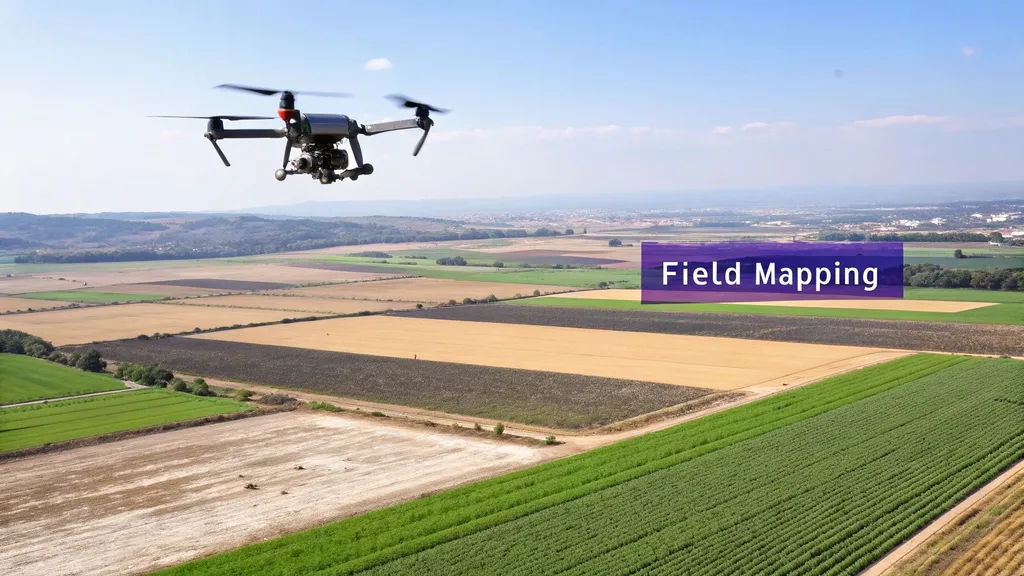In the ever-evolving landscape of agricultural technology, unmanned aerial vehicles (UAVs) have emerged as a game-changer, offering unprecedented capabilities in imaging and mapping. A recent report published in EDIS by Liyike Ji, Xu Wang, and Wael Elwakil from the University of Florida’s Department of Agricultural and Biological Engineering sheds light on the compliant UAV options available for agricultural professionals in Florida, navigating the complexities of state regulations.
Florida’s UAS (Unmanned Aircraft Systems) regulations require governmental agencies to use drones from approved manufacturers that meet specific risk assessment criteria. This report serves as a comprehensive guide, helping agricultural professionals select UAVs that best fit their operational needs while ensuring compliance with state laws.
The report highlights several UAV options that are well-suited for agricultural imaging and mapping applications. These drones are equipped with advanced sensors and cameras, enabling high-resolution imaging and precise mapping. “The right UAV can significantly enhance the efficiency and accuracy of agricultural operations,” says lead author Liyike Ji. “From monitoring crop health to planning irrigation, the applications are vast and impactful.”
The commercial implications for the agriculture sector are substantial. UAVs can provide real-time data on crop conditions, enabling farmers to make informed decisions quickly. This can lead to improved yield, reduced costs, and more sustainable farming practices. “Imagine being able to detect and address issues in your fields before they become critical,” Ji adds. “That’s the power of UAV technology.”
The report also emphasizes the importance of understanding and adhering to Florida’s UAS regulations. Compliance not only ensures safety but also opens up opportunities for agricultural professionals to leverage UAV technology effectively. “Regulations are there to guide and protect,” says Ji. “By following them, we can harness the full potential of UAVs in agriculture.”
As the agriculture sector continues to embrace technology, the role of UAVs is set to expand. This research by Ji, Wang, and Elwakil from the University of Florida’s Department of Agricultural and Biological Engineering, published in EDIS, provides a crucial roadmap for agricultural professionals looking to integrate UAV technology into their operations. It underscores the importance of choosing the right equipment and understanding the regulatory landscape, paving the way for more innovative and efficient agricultural practices.

